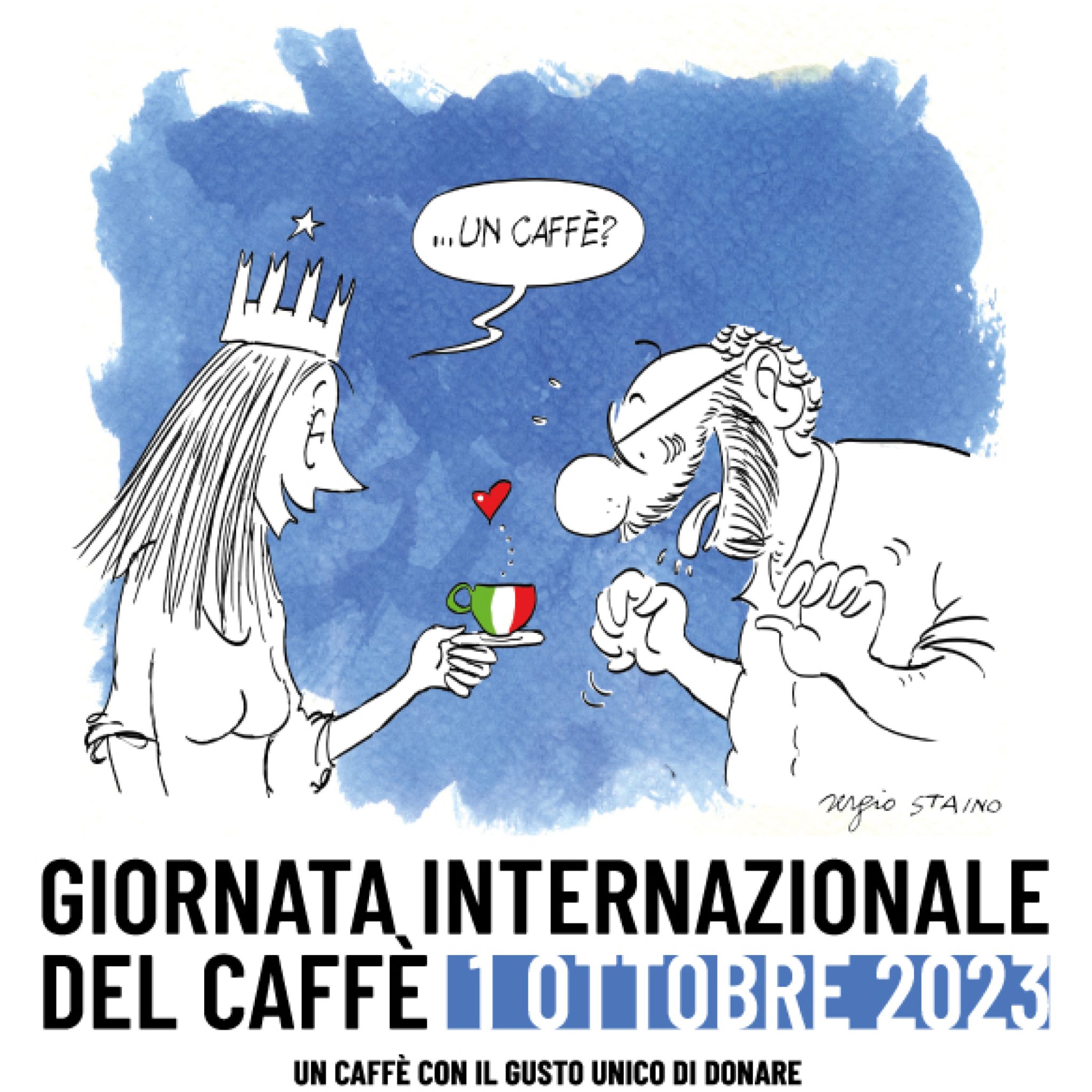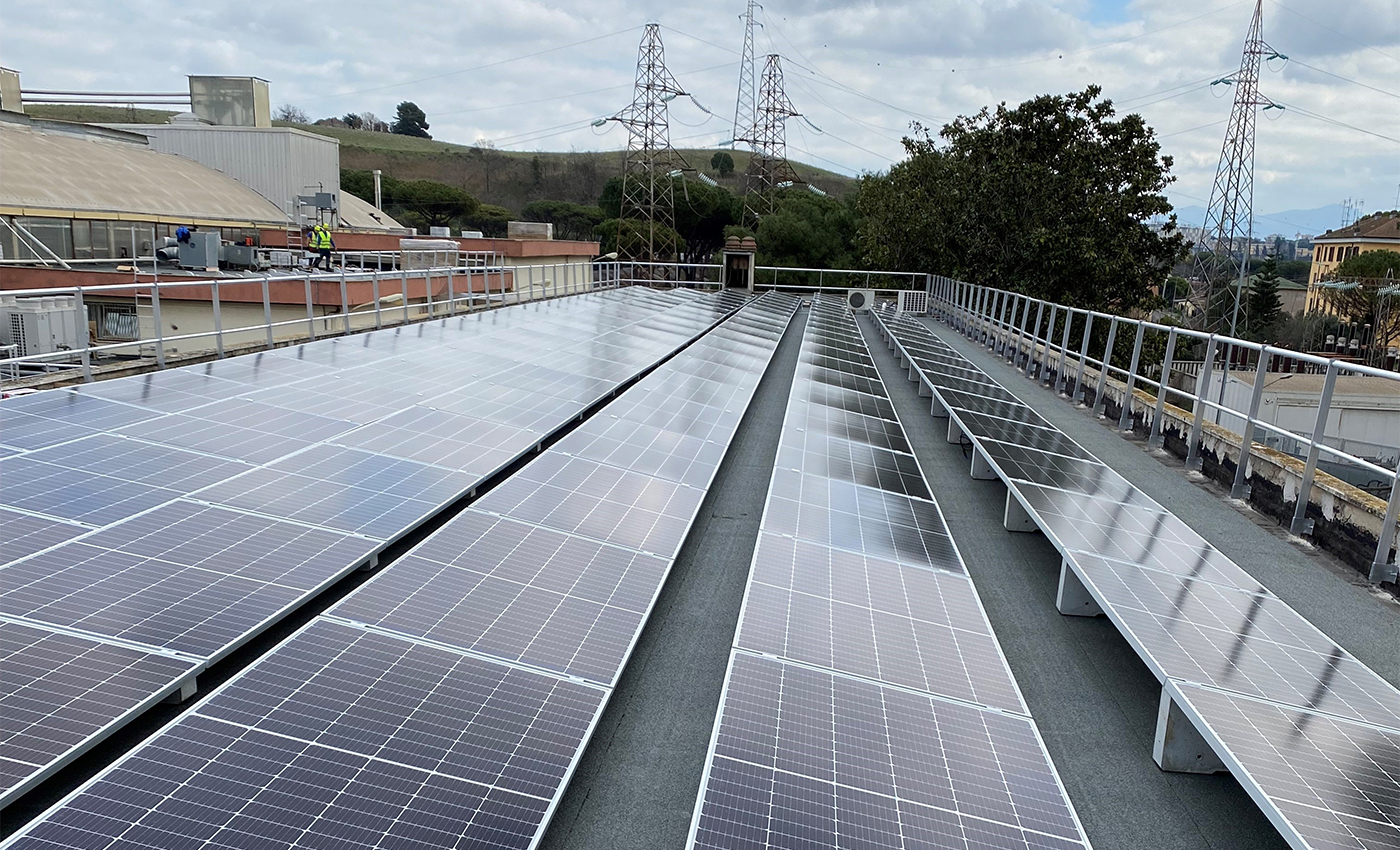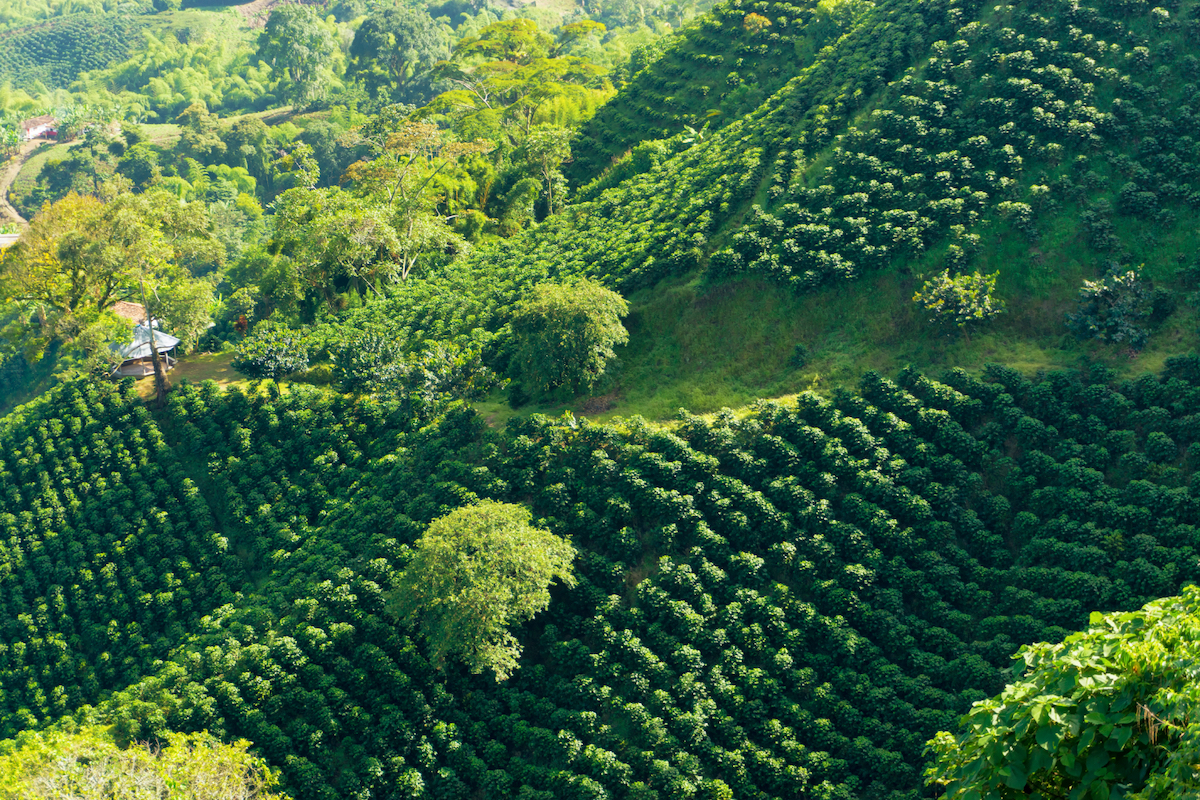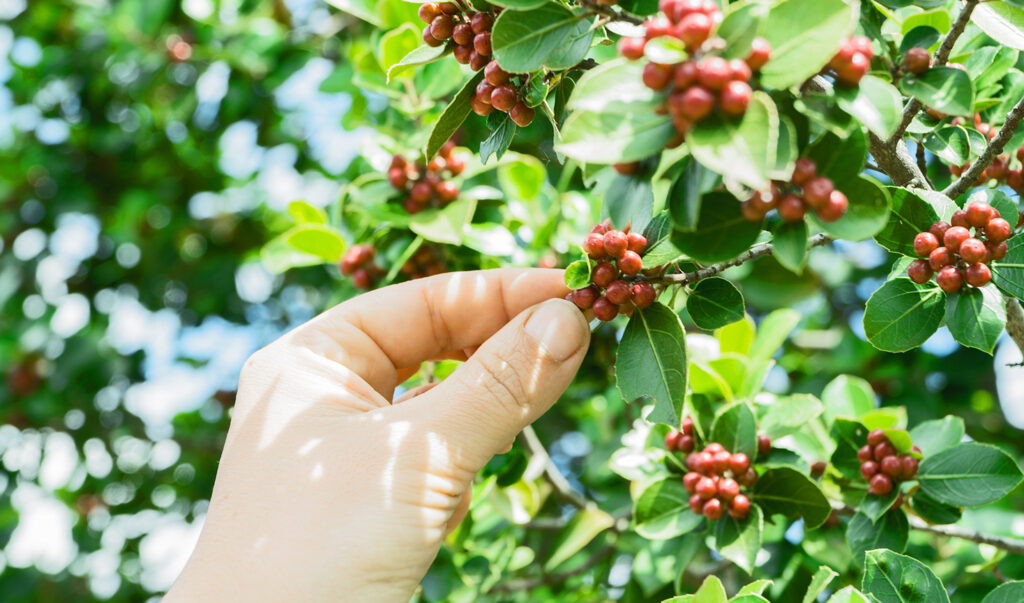If during a conversation someone told you that flour is the most used food in the world, or that coffee is the most consumed drink after water, you would not be very surprised.
But try to imagine that you were told that there is a flour – with which bread, pasta, desserts can be made – made not from wheat but from the fruits of the coffee plant. How would you react? Imagine then that you were told that this “coffee flour” has exceptional nutritional qualities and it tastes good. Indeed a great taste.
But not only: this food can allow millions of people to have a better life, it can improve the economy of many countries and…. It’s good for the environment! It sounds too good to be true and perhaps it’s a fantasy. But no: coffee flour exists, and has all these characteristics. Surprised? Let’s take a step back: I want to tell you a short story.
A brilliant intuition for a revolutionary food
In the year 2012. Dan Belliveau is a Starbucks executive, responsible for overseeing the coffee production and purchase process. Travelling often to local farmers, especially in Mexico, is surprised and troubled by something.
During the processing coffee seeds are extracted from the fruits of the plant. The seeds are then transformed into coffee blends, the fruits are simply thrown away. These are enormous quantities.
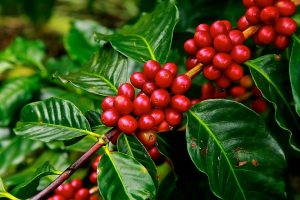

Here is where he has a “crazy idea”: “And if we could use all this fruit pulp to create a new product, in order to avoid waste and to give to the farmers a bigger source of revenue?” He then decides to contact some of the larger coffee companies in the United States, explaining his findings and the situation, but he just receives as an answer a laugh accompanied by a “you are crazy!”.
In spite of that he does not give up. He decides to invest in the project, he conducts a series of tests and experiments, he acquires the patent and in a short period of time he obtains amazing results: from the pulp of the coffee fruits you can obtain a flour with excellent properties and great flavor.
He creates his company, the Global Holdings, and launches a bet: the commercialization of “coffee flour” based products.
From the first steps to success: coffee flour is conquering the world
Big coffee companies and multinationals companies were not the only skeptics of this new flour. Even the farmers, once it was explained to them that they would have been paid for the “waste” of the coffee process, the fruits of the coffee plant, thought it was a joke.
In the early days – as Belliveau himself recounts – they renamed the sack of fruits with an unflattering inscription: “project caca” (we leave the translation to you).


But once overcome all the difficulties and skepticisms, the production enters in full mode: pasta, bread, waffles, muffins, biscuits, sweets and many other products are made using coffee flour.
The success is immediate and overwhelming. To give you an idea, consider this data: about after two years, in 2015, a giant company like Google – always very attentive to innovation and to quality in every sector of their business – decided to include several products made with coffee flour in their employee lounges and cafeteria around the world.
Subsequently, other multinationals, such as the historic HSBC, chose to adopt coffee flour in their cafeteria or lounges scattered around the globe.
A new “food era” has begun.
A superfood with unique features
But what is causing all the success of coffee flour? The reasons are various.
First of all, this flour has exceptional nutritional values, incomparable with classic wheat flour or other cereals: it has a high content of fiber, iron, potassium and is rich in antioxidants; a very low fat and sodium content; no presence of gluten, making edible even to those that suffer from celiac disease.
And the taste? Surprisingly, it looks like it does not taste like coffee. Whoever has tasted pastries made with this flour explain that they recognized a light almond aftertaste, with floral or roasted fruit notes, depending on the variety. A trace of caffeine is present, although in minimal quantities, there are already in progress studies aimed to offer a version of this product 100% caffeine free.
Sustainability, opportunity and environment
According to current estimates, each year close to 46 billion pounds of coffee fruits are “discarded” in the world. About 10% is used as fertilizer, while the remaining portion is literally thrown away.
Let’s imagine now the positive effect that using these massive quantities of product it could have for the coffee growers living in developing countries. What was previously a waste suddenly it becomes a new source of income.
As it already happens in some coffee farms, for example the cooperative Samac in Guatemala – where alongside and in support of which Danesi Caffè has been working directly for several years – here the remnants of the harvest are recycled and transformed in compost to grow mushrooms which will be then used as a source of food or a second source of revenue for the farmers.
With more revenues, the families of the coffee growers can live better lives, buy clothing, have their children study, reach a better economic stability and overall tranquility. Not limited to this: new jobs are created and part of the earnings can be reinvested in technology and techniques to improve production, counteract natural calamities, control the challenges of global warming, possible geopolitical instabilities or fluctuation of prices ensuring a better and constant quality of the coffee that we consume every day.
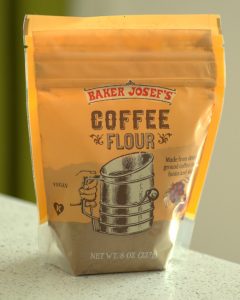

Even the country where cultivation takes place (be in Colombia, Mexico, Guatemala, Rwanda or any other) gets a new and important source of input that can be converted into infrastructure, education, public health and so on.
As if this was not enough, the environment receives a great advantage! The coffee berries, now being reused, are in fact no longer thrown by the ton in the rivers, preventing the pollution of waters sources as well as the damage to local flora and fauna.
Commitment for a better future
In short, we can say loud and clear: the coffee flour is a revolutionary food that does well and does good. And it is tasty too.
The world of coffee never stops to amaze. Among many variables, one thing is certain: investing in research, quality, and sustainability – a road that we at Danesi have already taken a long time ago – can lead to great achievements.
For a more fair world in which the aroma and taste of coffee are synonymous with quality and respect.
Ilaria Danesi



